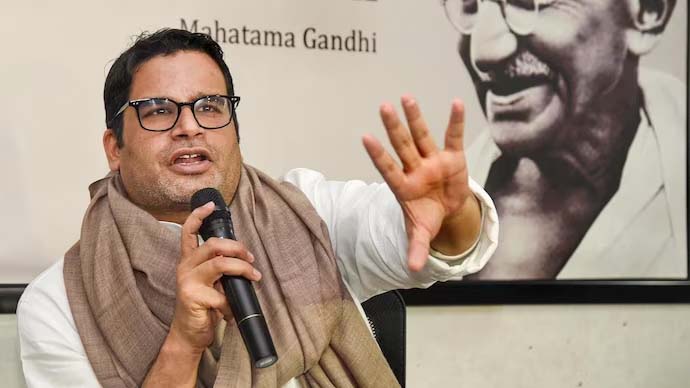As the nation heads toward the Lok Sabha elections, the demand for political tacticians soars across the partisan spectrum. With Prashant Kishore’s influence, sophisticated tactics such as spreadsheets, PowerPoint analyses, targeted communication, data collection, and technological prowess have become pivotal elements in electoral pursuits.
Election architects, who maneuver the fortunes of aspirants, now dominate the landscape. The tradition of crafting strategies with local leadership and managing the entire campaign has receded. Strategists, who once advised quietly from behind the scenes, now play a more conspicuous role in a culture centered around iconic figures.
In the 2014 elections, Prashant Kishore’s phrase “chai pe charcha” gained renown as he guided the BJP’s strategic direction, leading them to a resounding 282-seat triumph.
In the year preceding the 2014 Lok Sabha election, Prashant Kishore established Citizens for Accountable Governance (CAG). This evolved into the Indian Political Action Committee (I-PAC) in 2015. Since then, he has crafted blueprints for various parties in numerous elections. Kishore’s team’s campaign strategies in the 2014 elections proved fruitful for the BJP, centering the campaign around the theme of ‘Brand Modi.’ They orchestrated innovative 3D hologram rallies, presenting Modi as the ‘Vikas Purush.’
Subsequently, Kishore shifted from strategizing to directly engaging in politics. In Bihar, he undertook a padayatra, explaining that while he once offered guidance to parties and leaders, he now directly addresses grassroots issues. He emphasizes his focus on tangible change through on-the-ground efforts.
Another strategist, Sunil Kanugolu, who has worked with the BJP in various regions, transitioned to supporting the Congress party. His successful strategies include the Karnataka and Telangana assembly elections and the Bharat Jodo Yatra.
Partha Pratim Das, an alumnus of IIM Bangalore, began his career in strategy by assisting Ajay Singh in his 2013 campaign for Jewargi in Karnataka. That same year, he established Chanakya Sanstha with Arindam Manna. In 2013, Das secured Singh’s victory by a margin of 36,700 votes against the incumbent BJP MLA in Jewargi. In 2018, Das continued his role in Singh’s campaign, ensuring another win.
“In 2009, social media’s influence was minimal, and voting trends were driven by familial and community preferences. Political figures like LK Advani and Mulayam Singh Yadav would travel across the nation. However, today’s emerging leaders prioritize strategic planning over direct field activities. Their technological proficiency has elevated the importance of analyzing vote counts by demographic segments. Surveys, once dismissed, now hold significant sway,” Das remarked.
Tushar Panchal, the founder of War Room Strategies in 2016, stated, “Political strategists have long been devising plans, albeit discreetly. It became more transparent with the emergence of Prashant Kishore.”
Pradeep Gupta, the head of Axis My India, noted the evolution of political strategy. In the past, victories were dependent on leaders, but today strategists often hold the keys to success.
Panchal credits Prashant Kishore with bringing attention to political strategy. While the nature of the work remains similar, strategists now engage more publicly. They aim to secure contracts from a wider array of parties. Strategist fees vary by region and leader. Typically, such organizations serve parties rather than individual leaders. Political strategies demand extended periods, often requiring 5 to 6 months of collaboration with a party and its candidate.




